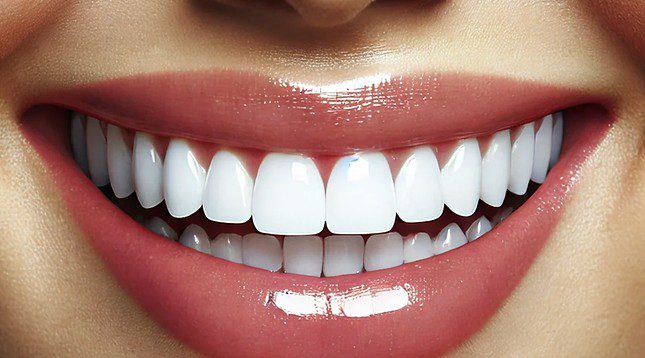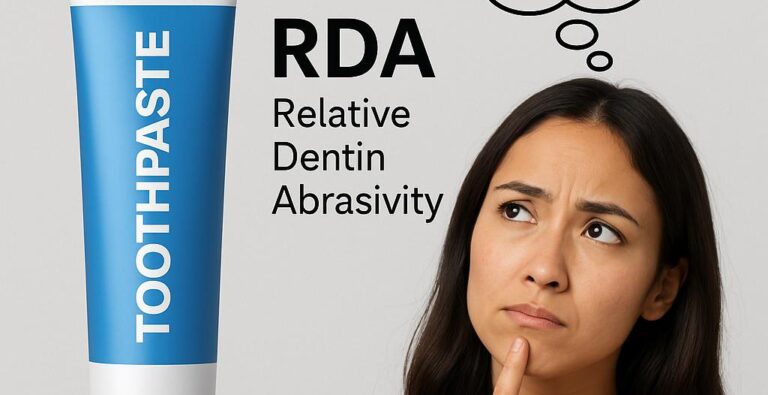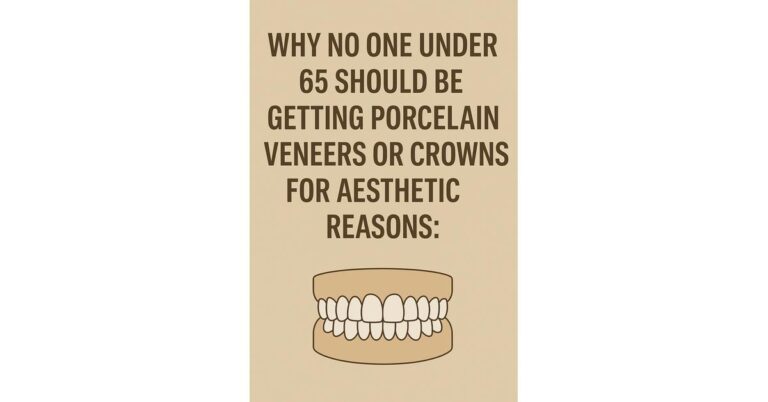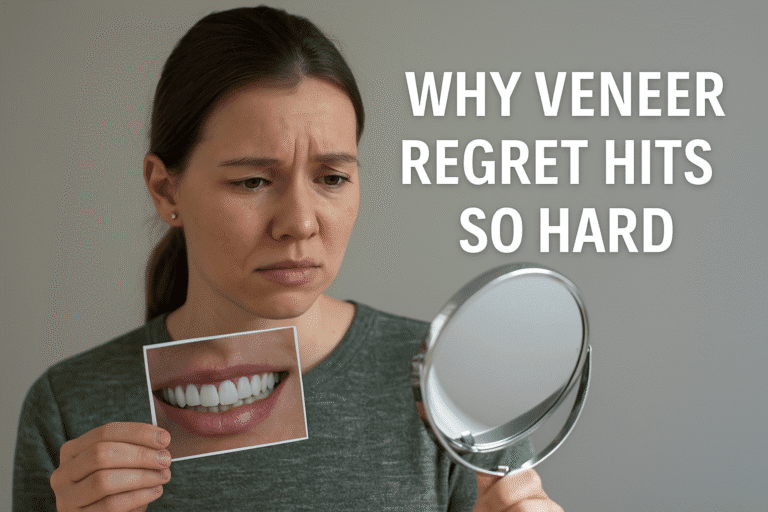Originally published on March 24, 2025. Updated on May 21, 2025.
Composite Bonding vs Porcelain Veneers: A Safer, Healthier Choice for Your Smile
When it comes to enhancing your smile, porcelain veneers and composite bonding are two popular options.
However, there’s a hidden danger with porcelain veneers that many patients overlook: their impact on the other teeth in your mouth.
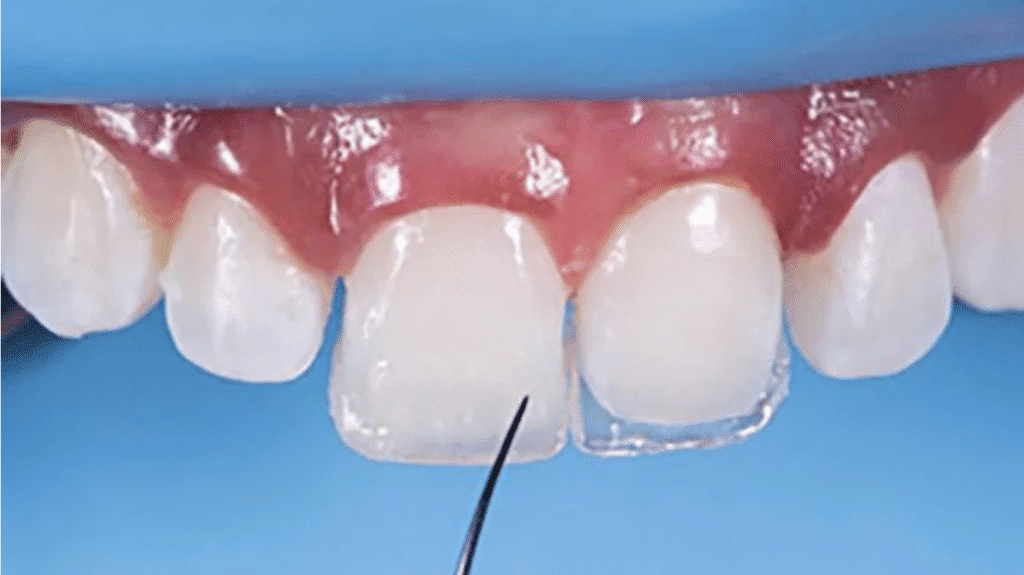
Composite bonding, on the other hand, offers a tooth-friendly solution that prioritizes your overall dental health.
Composite Bonding Mimics Natural Tooth Wear
One of the major benefits of composite bonding is its ability to mimic the natural wear of your teeth.
Porcelain veneers, while durable, are much harder than natural enamel, which means they can cause significant wear on opposing teeth over time.
This can lead to grinding-related damage, enamel erosion, or even cracks in your natural teeth.
Composite bonding, by contrast, is much closer in hardness to natural enamel, ensuring a gentler interaction between teeth and a healthier bite.
Protecting Opposing Teeth
Porcelain veneers are known for their strength and durability, but this rigidity comes with risks.
The hardness of porcelain can put excessive pressure on the teeth they come into contact with, leading to damage like chips or cracks in the opposing teeth.
Composite bonding is more forgiving, offering a safer alternative that minimizes harm.
For patients who grind their teeth or have bite issues, composite bonding is particularly beneficial, as it reduces the likelihood of causing additional wear or damage.
Easier Repairs and Maintenance
Another significant advantage of composite bonding is its reparability. If composite bonding chips, cracks, or wears down, it can be easily repaired in a single dental visit without replacing the entire restoration.

When a porcelain veneer cracks, the entire restoration usually needs to be replaced , often at a high cost. Composite bonding, on the other hand, can be repaired easily and affordably in a single visit.
In contrast, porcelain veneers often require complete replacement if damaged, which can be costly and time-consuming. Composite bonding not only protects your teeth but also saves you money and effort in the long run.
A Patient-Centered Approach.
In recent years, there has been growing concern about the profit-driven promotion of porcelain veneers over safer, more conservative options like composite bonding.
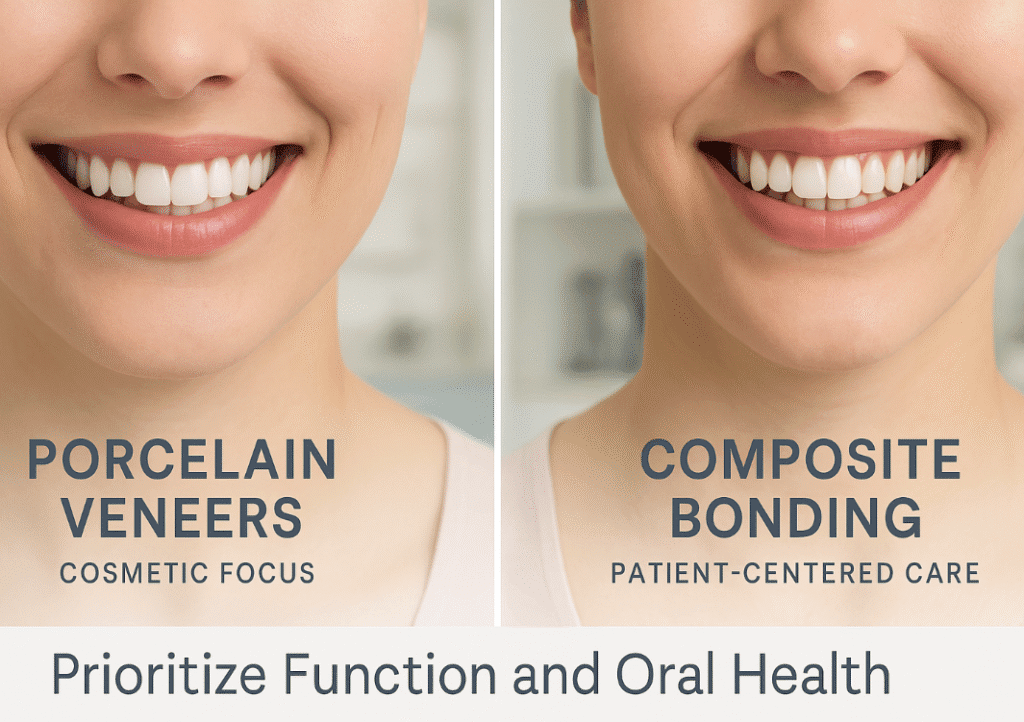
Composite bonding aligns with a patient-centered approach by prioritizing function and oral health over aesthetics alone.
While porcelain veneers are heavily marketed for their polished, flawless appearance, composite bonding offers a more natural, minimally invasive solution that benefits your teeth in the long term.
Modern Advancements in Composite Bonding
In the past, critics of composite bonding pointed to concerns like durability and marginal integrity. However, advancements in bonding techniques and materials have significantly improved their performance.
Today’s composite bonding materials are strong, resistant to wear, and capable of lasting many years with proper care.

This makes them an excellent choice for patients looking for a durable and safe restoration.
The Bottom Line
While porcelain veneers may seem like an attractive option for a perfect smile, they come with hidden risks that can jeopardize the health of your natural teeth.
Composite bonding, on the other hand, provides a safer, gentler alternative that protects opposing teeth and offers a more natural, harmonious solution.
For patients and dentists who prioritize long-term oral health, composite bonding is the clear winner.
If you’re considering a smile makeover, don’t overlook the benefits of composite bonding—it could save your teeth and your wallet.

Disclaimer: This content is for informational purposes only and does not constitute medical or dental advice. Always consult with a licensed dental professional before making decisions about your oral health.
